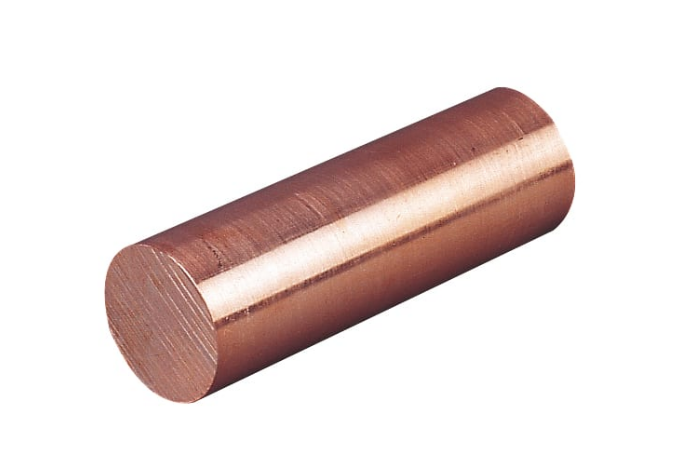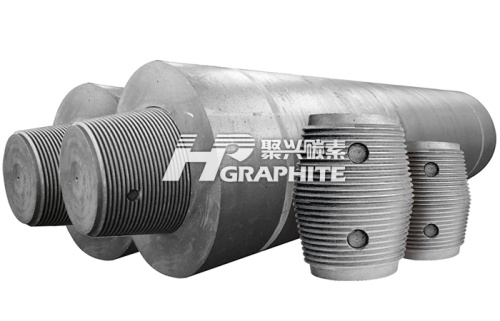【Graphite Electrodes】Unique Performance Advantages

【Graphite Electrodes】Unique Performance Advantages
Graphite electrodes are primarily made from petroleum coke and needle coke, with coal tar pitch as the binder. They undergo processes such as calcination, batching, kneading, pressing, baking, graphite melting, and mechanical processing. They serve as conductors for releasing electrical energy to heat and melt furnace materials in electric arc furnaces. They can be classified into regular power(RP), high power(HP), and ultra-high power(UHP) based on their quality specifications. Graphite electrodes include RP graphite electrodes, oxidation resistant smear of graphite electrodes, HP graphite electrodes, and UHP graphite electrodes.
What are the differences between graphite electrodes and copper electrodes?
Compared to copper electrodes, graphite electrodes have the following advantages: lower electrode consumption, faster processing speed, better processing performance, higher processing precision, lower thermal deformation, lighter weight, easier surface treatment, high temperature resistance, high processing temperature, and electrode bonding.

Traditional machining methods such as turning, milling, and grinding can meet the requirements for simple electrodes, but in recent years, there has been an increasing demand for higher geometric complexity of electrodes. Graphite blocks are artificial graphite produced by artificial heating of carbon products.
Generally, higher added value is achieved through purification to high purity or carbon fibers. Graphite rods are commonly used as electric heaters in high-temperature vacuum furnaces. They can withstand temperatures of up to 3000°C but are susceptible to oxidation at high temperatures. They can only be used in a neutral or reducing atmosphere outside of a vacuum. Graphite has a low coefficient of thermal expansion, high thermal conductivity, and electrical resistivity in the range of (8 to 13) × 10-6 Ω·m. It has better processing performance than SiC and MoSi2, is resistant to high temperatures, extreme cold, and extreme heat, and is relatively low in price.

The high-speed machining of graphite electrodes has become a hot topic in electrical discharge machining due to its high surface quality and precision. The joints of graphite electrodes are easy to process, and the processing speed can be significantly faster than that of copper electrodes. For example, using milling technology to produce graphite is 2-3 times faster than other metal processing methods, without the need for additional manual polishing compared to copper electrodes.
If we specifically compare graphite electrodes and copper electrodes in China, the milling time for graphite is 67% faster than that for copper electrodes. In general, the processing capability based on graphite electrodes is 58% faster than that based on copper electrodes. This significantly reduces processing time and costs for traditional manufacturing companies.
Similarly, using an economical high-speed graphite machining service center for electrode design and manufacturing can further increase speed and efficiency while avoiding the environmental issue of generating a large amount of dust. In the process of information processing and transactions, selecting suitable hardness tools and graphite can reduce tool wear and damage to brass. Follow us to learn about the latest graphite electrode market.
No related results found








0 Replies